Free Formal Letter Blank Template for Professional Use
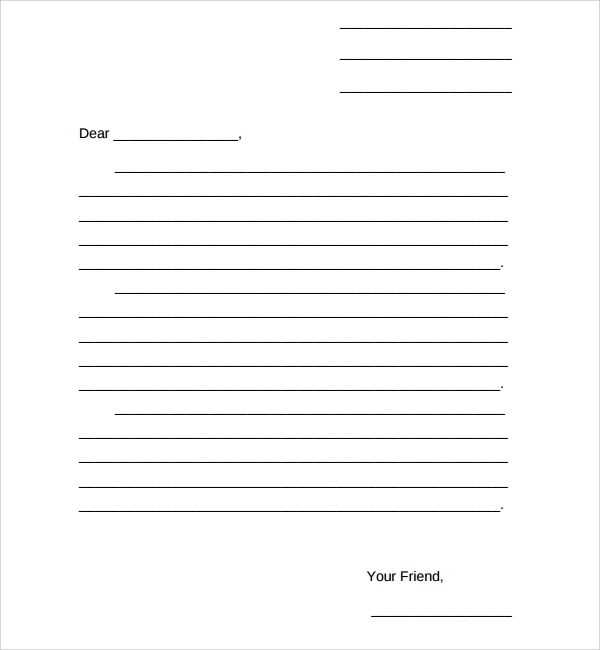
In any professional setting, clear and structured communication is key. One essential skill is knowing how to present yourself through written messages. Whether you’re sending a request, responding to an inquiry, or conveying important information, having a well-organized format is crucial for making a positive impression. This section will explore how to set up a message that reflects professionalism and clarity.
Key Elements of Structured Communication
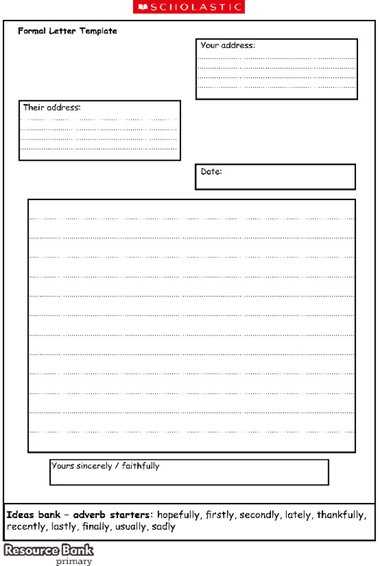
A well-crafted message should include several key parts that ensure your communication is both effective and respectful. The basic components typically include a heading, greeting, body, closing statement, and signature. Understanding the role of each section will help you present your message appropriately.
Heading and Contact Information
The heading serves as the introduction to the communication. It typically contains the sender’s and recipient’s details, including addresses or positions, depending on the context. Ensuring this section is accurate is important for clear identification.
Opening and Salutation
Start your message with a courteous greeting. The tone of the salutation sets the stage for the rest of the content. Always choose a greeting that matches the level of formality required, whether it’s a professional title or a simple “Dear Sir/Madam.”
Structuring Your Content Effectively
The body of your message should be concise and well-organized. Break down the content into clearly defined paragraphs, each addressing a specific point. Use simple language to avoid any ambiguity. Clarity and precision in the main message will help the recipient understand your intentions without confusion.
Concluding the Message
Wrap up your communication with a polite closing. This final section should summarize your request or next steps and express appreciation for the recipient’s time or attention. A simple “Sincerely” or “Best regards” will ensure the message concludes on a respectful note.
Signature and Final Touches
End with your name and contact details, ensuring the recipient has all the necessary information to respond. If needed, you can include your position or title for added context.
- Clarity: Ensure every part of your communication is easy to understand.
- Politeness: Maintain a respectful tone throughout the message.
- Conciseness: Avoid unnecessary details that could confuse the recipient.
How to Create a Professional Document
Essential Components of a Well-Structured Message
Best Practices for Crafting Effective Correspondence
Selecting the Right Professional Communication Layout
Why Organization is Vital in Written Communication
Customizing Your Professional Communication Format
Creating a well-organized document for professional purposes requires attention to detail and an understanding of how to structure the information. A message that is clear and easy to follow is essential for making a positive impact. This section outlines how to build a structured communication piece, ensuring all necessary components are in place for a polished and respectful presentation.
Essential Parts of a Professional Document
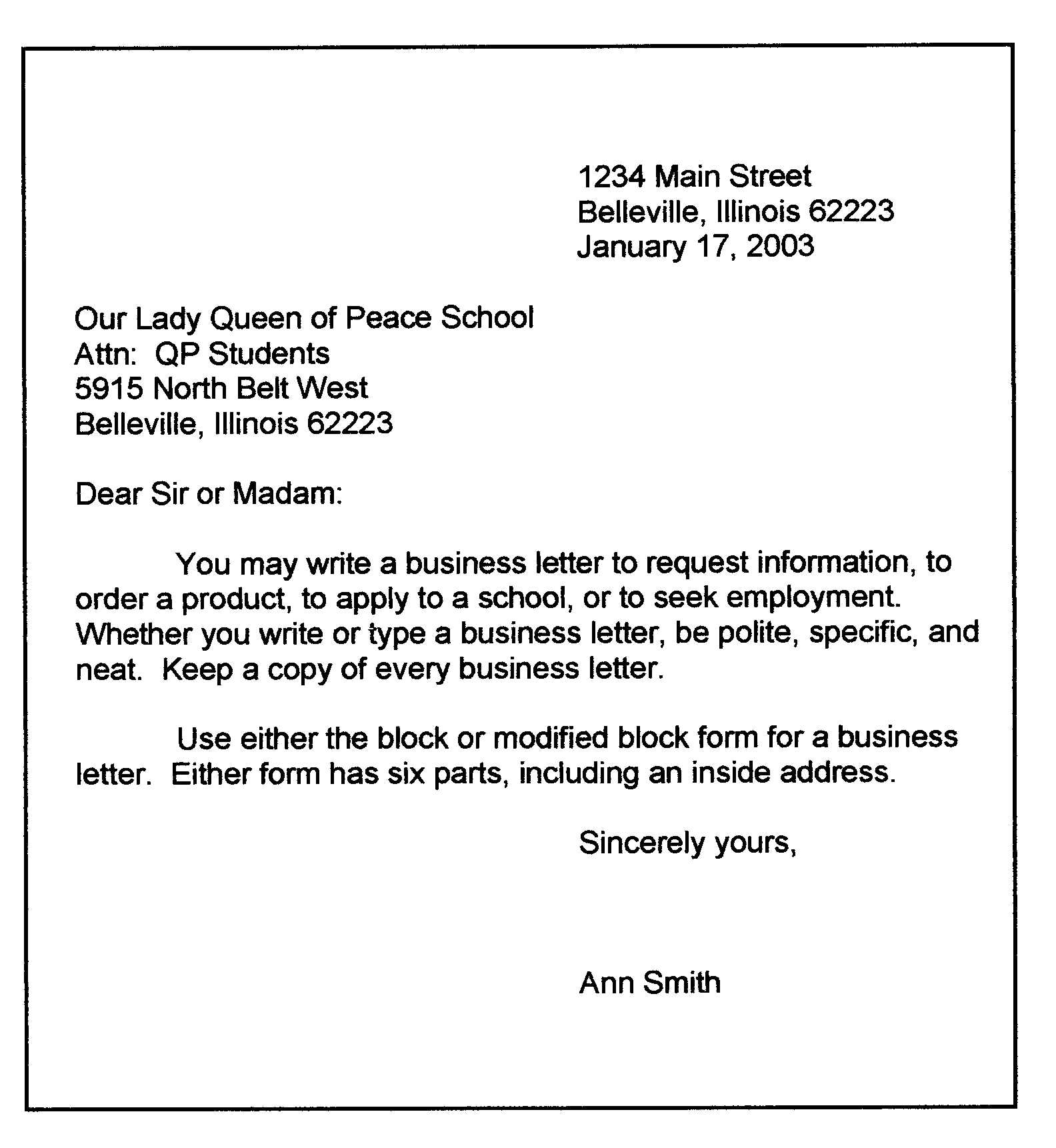
A proper message usually includes several core sections. These include an introduction, body, and conclusion. Each part serves its own unique purpose, contributing to the clarity and flow of the communication.
Best Practices for Effective Writing
Writing with precision and professionalism means sticking to the point and avoiding unnecessary complexity. Use clear language and proper grammar to ensure the recipient understands your message without confusion. Each paragraph should serve a clear function and contribute to the overall objective.
Selecting the Ideal Communication Layout
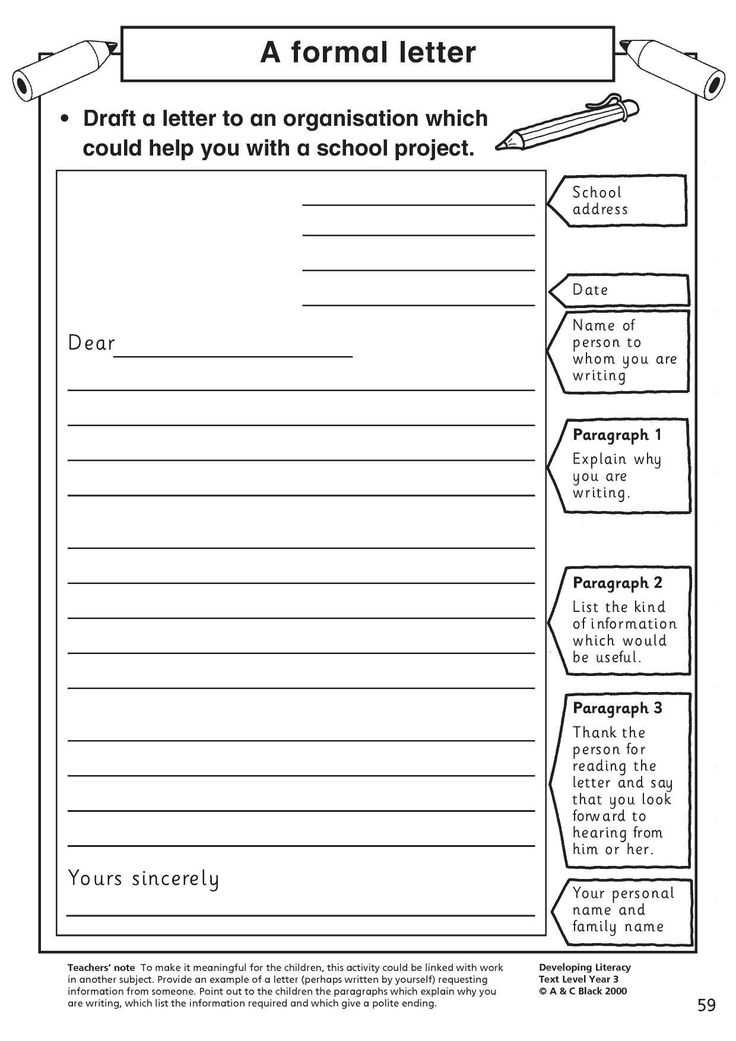
Choosing the appropriate layout can enhance the readability of your message. Whether it’s a simple block format or a more detailed design, ensure that the structure aligns with the purpose of the document and the expectations of the recipient.
Why Structure Matters
Organization plays a crucial role in how your message is perceived. A disorganized or poorly formatted document can confuse the reader and undermine the professionalism of the communication. A structured approach helps in conveying your thoughts more effectively and ensures that the recipient receives your message in the best possible way.
Personalizing Your Communication Layout
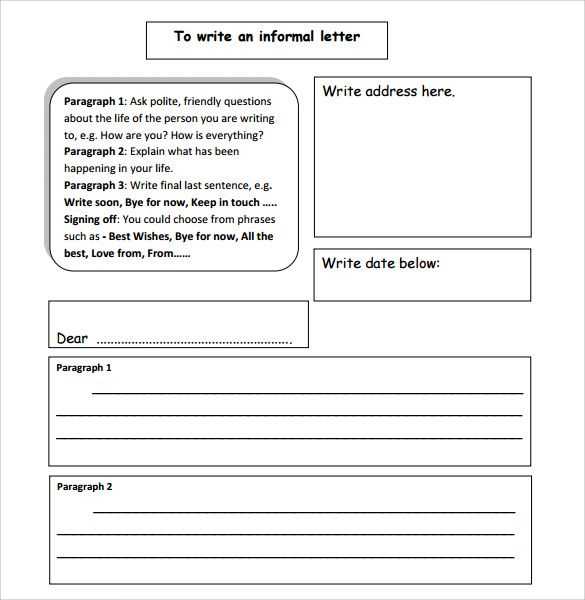
Customizing your document layout allows you to tailor it to the specific context. Whether you are sending a general inquiry or responding to a specific request, adapting the format to suit the tone and purpose can make your communication more effective and memorable.